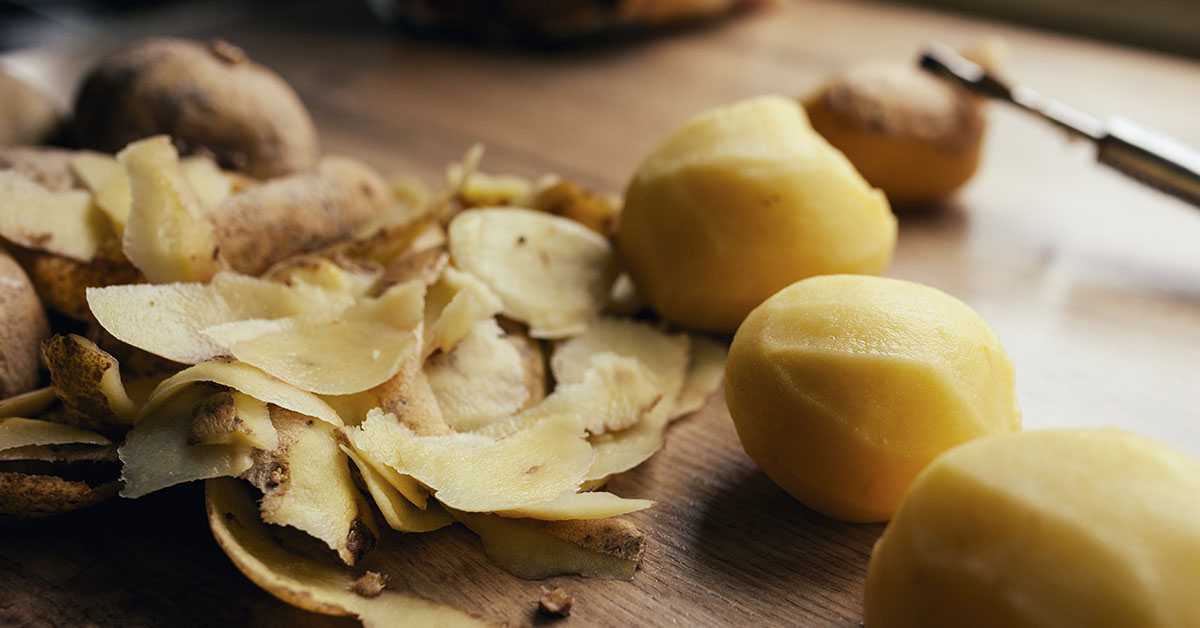When you eat fruits and vegetables, do you eat them skin-on or do you take it off? I’m not just talking about the obvious ones, like bananas or oranges. How about items such as cucumbers, carrots, apples, or potatoes? Do you peel them before eating them or just wash and go? We often find ourselves discarding fruit and vegetable peels without realizing the immense health benefits they hold. These peels are packed with essential nutrients, fiber, and antioxidants that can contribute to a well-balanced and healthy diet. These are the reasons why eating the skin of certain fruits and vegetables is good for you, and ten peels you should eat instead of peeling and throwing them away.
Why Eating the Skin is Good for You
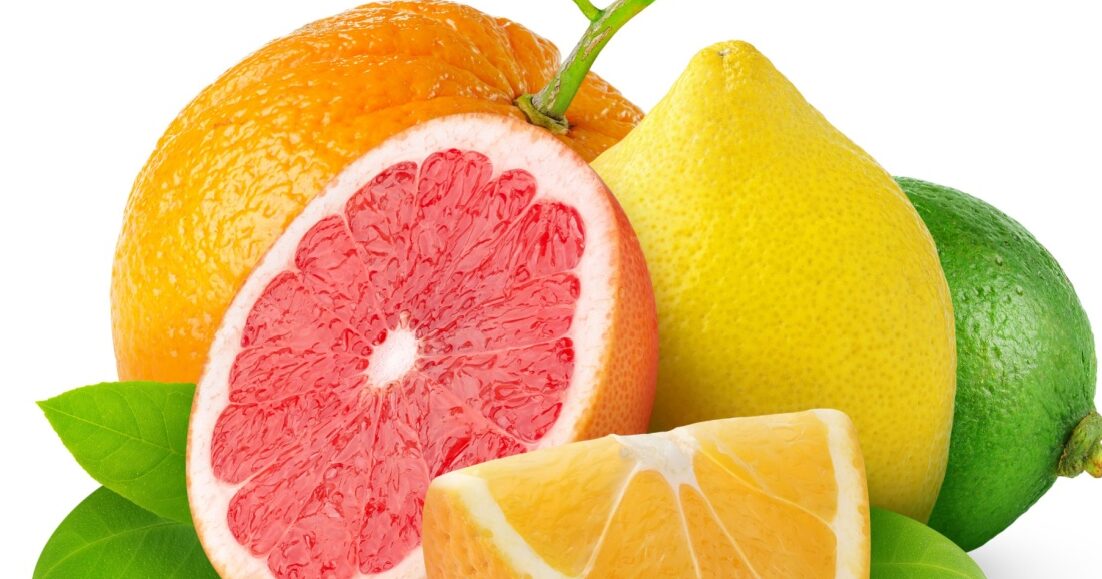
The peels and outer layers of fruits and vegetables are often the ones that come in first contact with the outer world. This could be the fresh air and sunshine, or it could be the rich soil in which they are grown. For this reason, the outer layer of fruits and vegetables is where a significant portion of their nutritional value resides. It contains a higher concentration of vitamins, minerals, and fiber compared to the flesh inside. Consuming fruit and vegetable peels has many health benefits. It can aid in digestion, support weight management, improve heart health, and boost the immune system. Additionally, these peels are often rich in antioxidants, which can help protect against chronic diseases and promote healthy skin. (1)
Read More: The Tree of 40 Fruit is indeed a coat of many colors
The 10 Peels You Should Eat Instead of Throwing Away
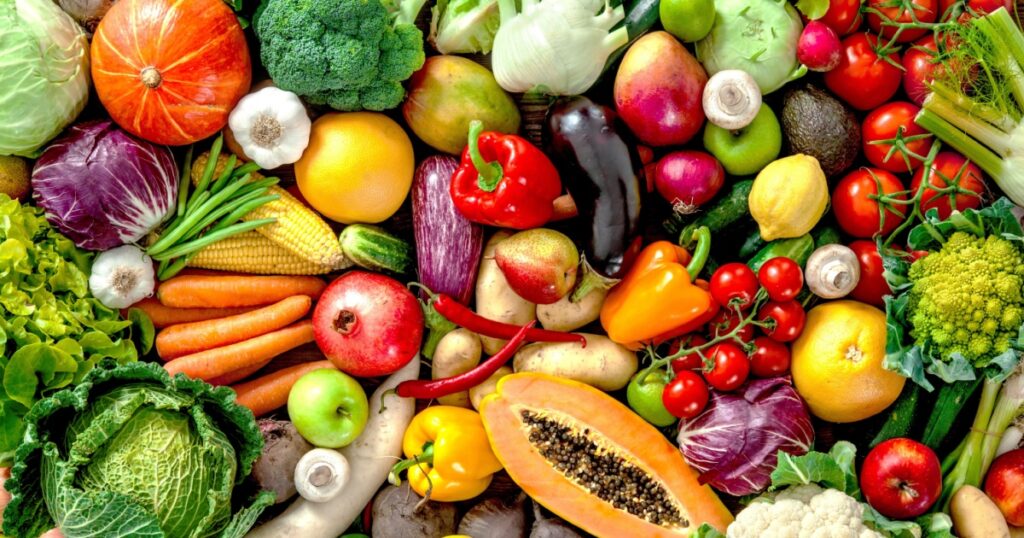
There are many fruits and vegetables that we regularly peel before we eat them. As we now know, doing so strips them of so many of their nutritional value. These peels and skins, however, are edible and delicious. Just a quick wash to rinse dirt and other impurities away and you are good to go. These are 10 fruits and vegetables that you are likely throwing away that you should really consider including the next time you go to eat them.
1. Apple Peels
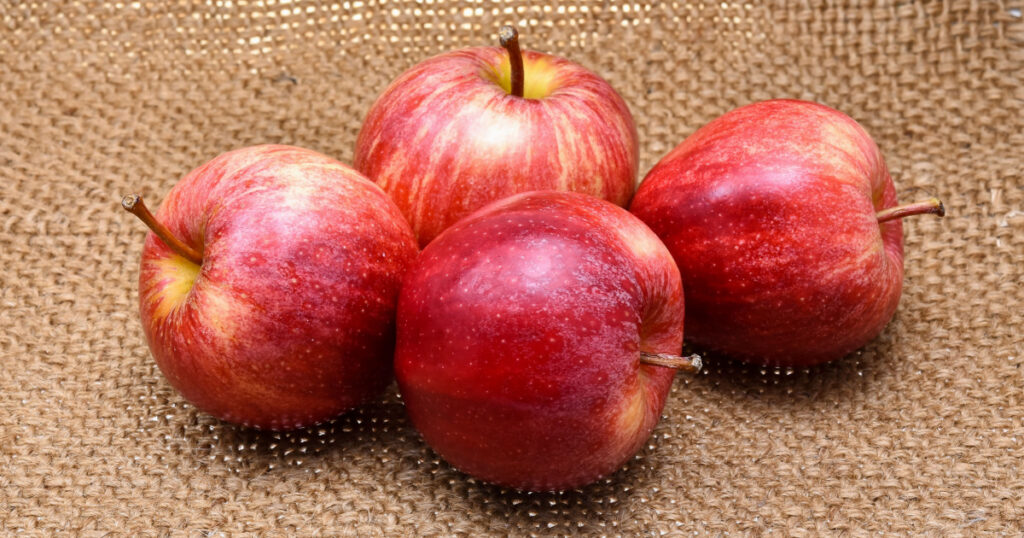
Apple peels are packed with fiber, vitamin C, and antioxidants. They can help improve digestion and promote heart health. They also add an extra crunch with every bite. The good news is that there are hundreds of varieties of apples, and each one’s skin is different. Find one who’s thickness and flavor you like. (2)
2. Citrus Peels
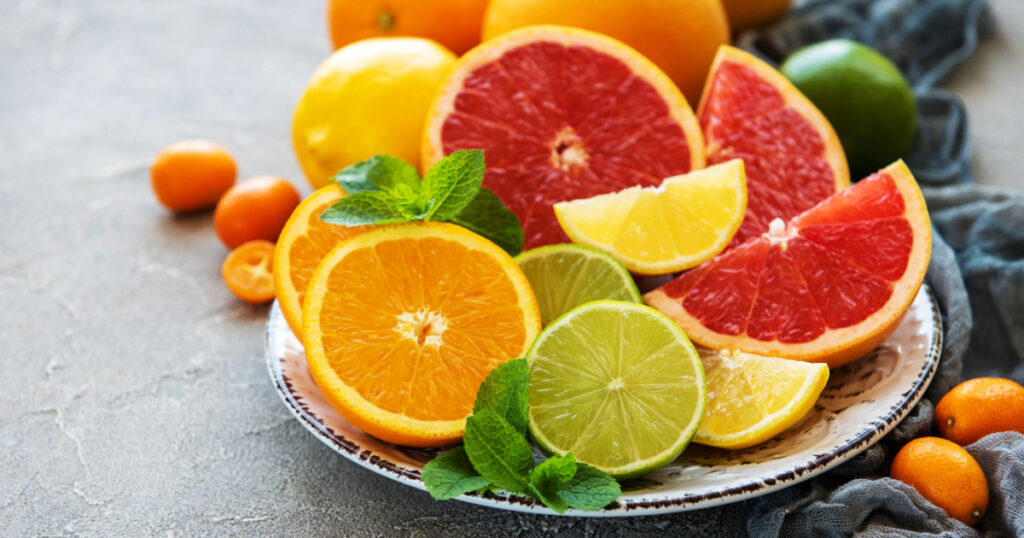
The peels of citrus fruits like oranges, lemons, and grapefruits are filled with a compound called limonene. Limonene has been linked to anti-inflammatory properties and may aid in preventing certain types of cancer. To eat citrus peels, cut them into thin strips and add them to salads or stir-fries. You can also use them to garnish other dishes and desserts, cure them, or make them into preserves, and you can add them to smoothies. (3)
3. Potato Skins
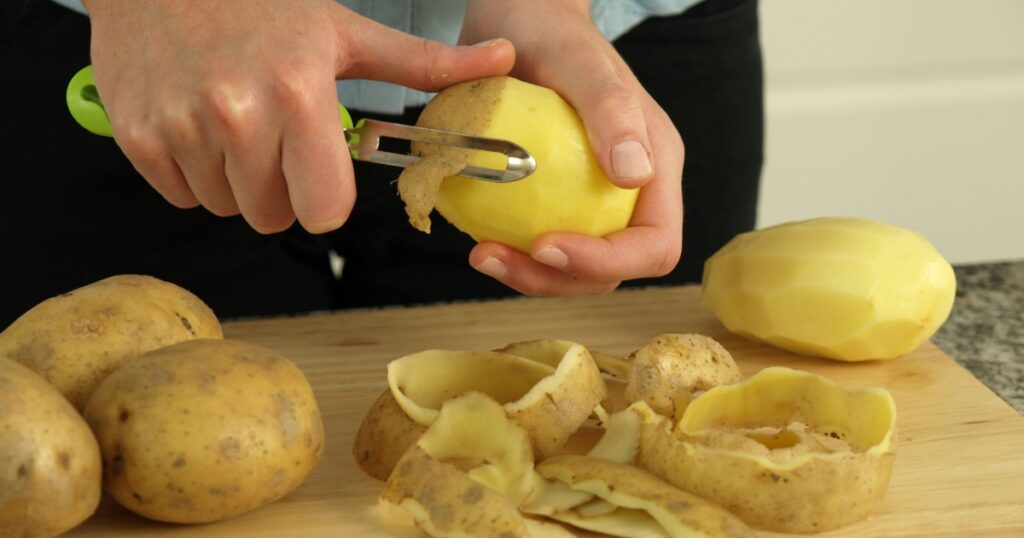
The skin of potatoes is where most of the fiber and potassium can be found. Eating the skin can improve blood pressure and help maintain healthy gut bacteria. On top of that, the skins add a lovely flavor and texture to a variety of dishes. Just make sure you scrub them clean of dirt before cooking.
4. Pineapple Core
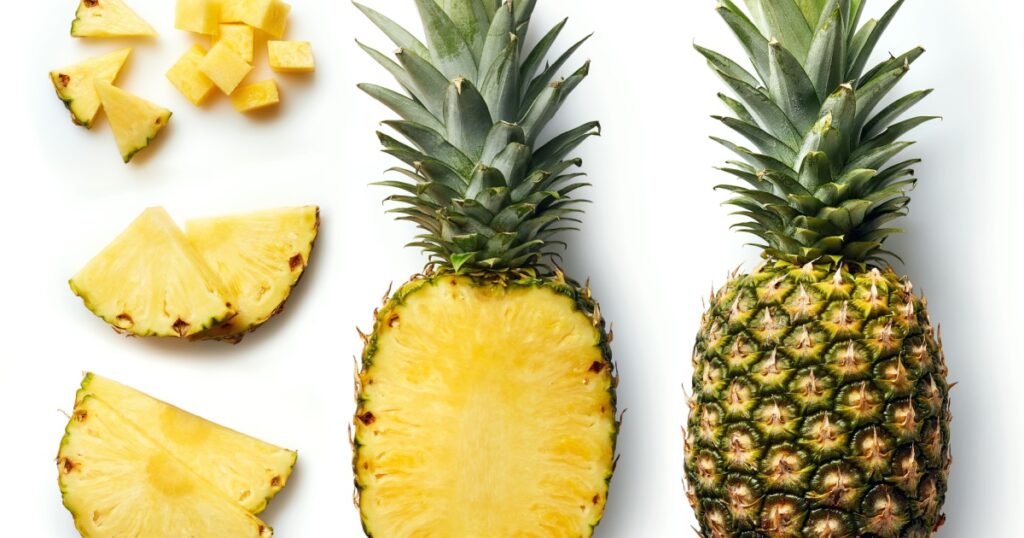
While not necessarily a peel, the core of a pineapple is often discarded. However, the core is rich in bromelain, an enzyme that aids digestion, reduces inflammation, and supports joint health. To eat the pineapple core, cut off the top and bottom of the pineapple, then slice it into thin rounds. You can eat these raw or cook them in a stir-fry or on the grill.
Read More: Passionfruit Contains High Levels Antioxidants And 13 Known Carotenoids
5. Carrot Tops and Skins
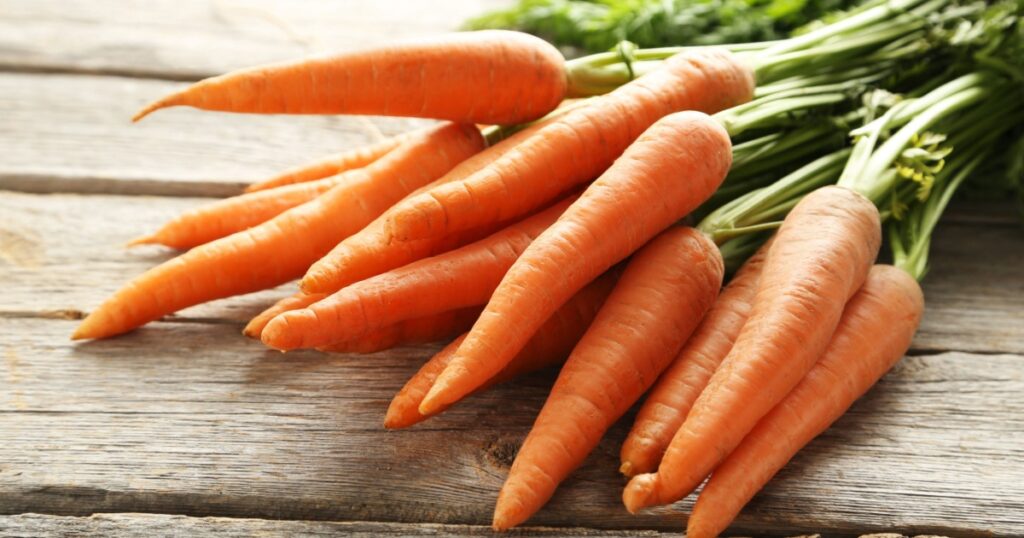
Carrot tops are often overlooked but are incredibly nutritious. They contain vitamins A and K, as well as potassium and antioxidants. Carrot tops can be blended into pesto or added to salads for an extra nutritional punch. It is also common for people to skin carrots before cooking with them. Again, this outer layer of the carrot is densely nutritious. Just clean your carrots well before eating to avoid consuming dirt.
6. Watermelon Rind
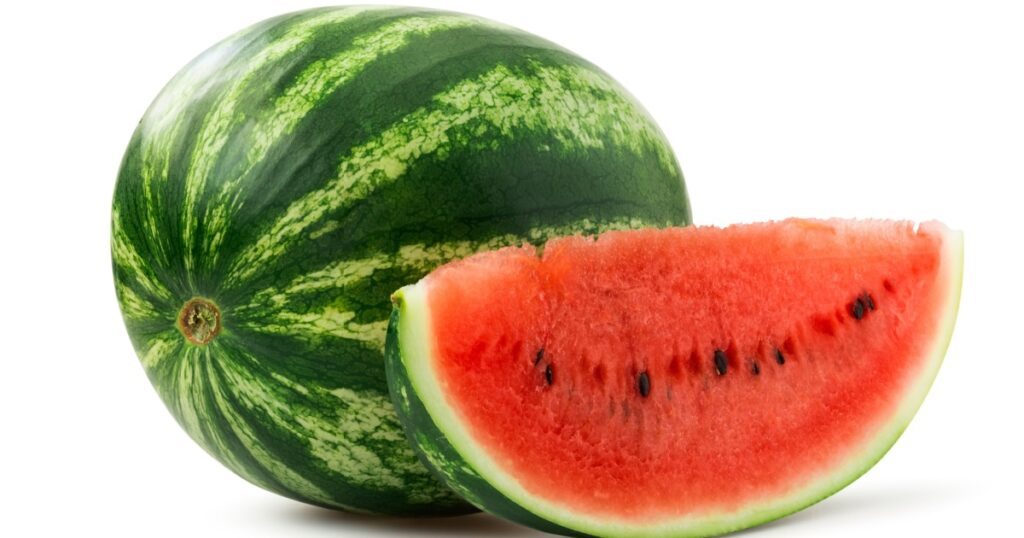
Watermelon rind is not commonly consumed, but it is a great source of citrulline, an amino acid that helps relax blood vessels and promote healthy blood pressure. To eat watermelon rind, cut off the green skin and eat the white flesh. You can also pickle watermelon rind or use it in a stir-fry. (4)
7. Cucumber Skin
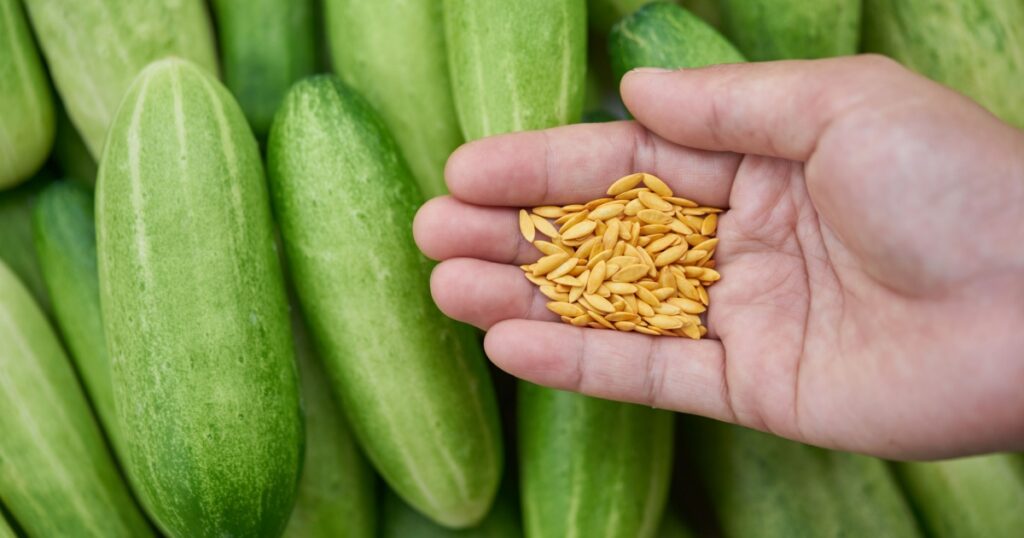
The skin of cucumbers contains fiber, vitamin K, and antioxidants. It can help promote hydration, support digestion, and improve skin health. You can eat cucumbers raw, cook with them, and pickle them.
8. Kiwi Skin
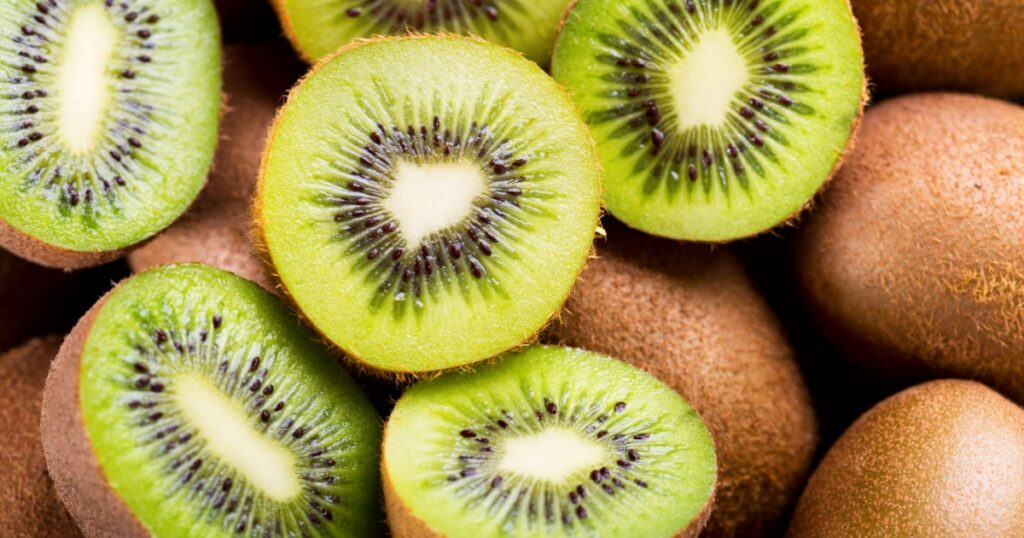
The fuzzy skin of kiwi is edible and a good source of fiber, vitamin E, and antioxidants. Eating kiwi with the skin can increase your intake of these essential nutrients. You can bite into a kiwi just in the same way you eat an apple. However, you may want to wash it off first to rinse away some of the fuzz.
Read More: Why You Should Never Mix Grapefruit with Medication
9. Mango Peel
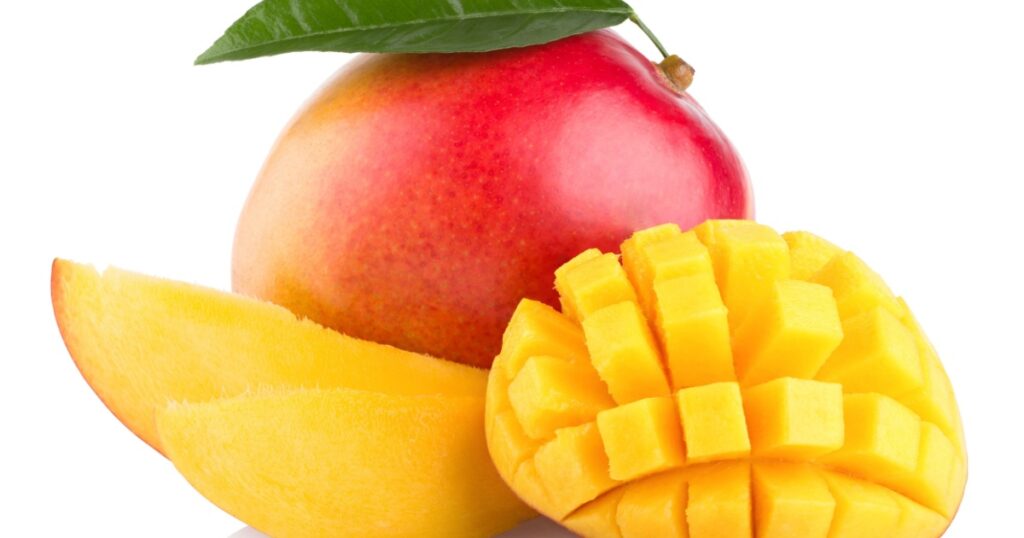
Mango peel is rich in fiber and antioxidants, notably polyphenols. These compounds have been associated with a reduced risk of certain cancers and have anti-inflammatory properties. You can eat mangos by biting into them just like apples, or you can slice them.
10. Bell Pepper Skin
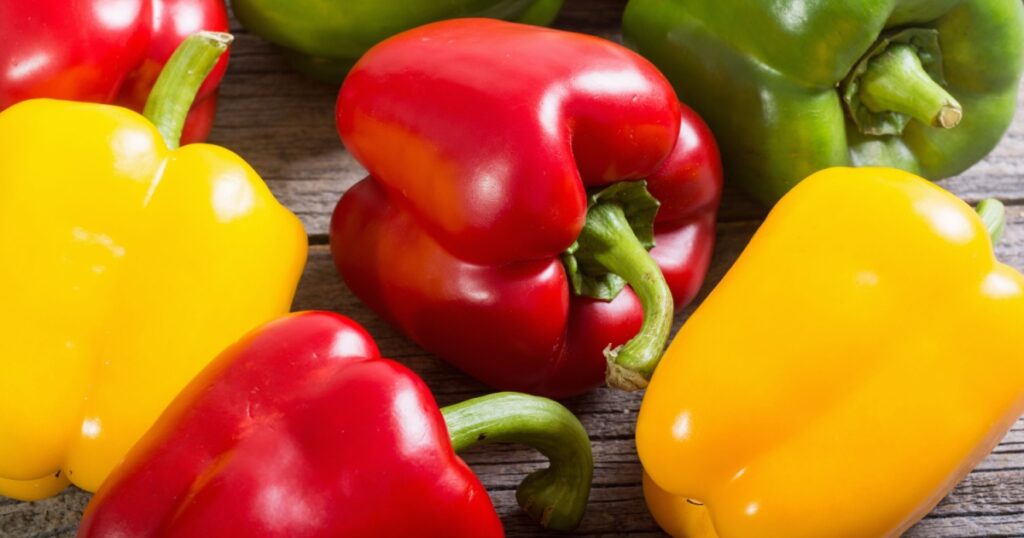
The skin of bell peppers contains more vitamin C than the flesh inside. It also provides fiber and additional antioxidants, contributing to a healthy diet.
The Bottom Line

Next time you’re tempted to discard fruit and vegetable peels, consider the incredible health benefits they offer. Including these peels in your diet can provide you with additional nutrients, fiber, and antioxidants, promoting overall health and well-being. Remember to wash them thoroughly and choose organic when possible for optimal consumption. So, the next time you prepare your favorite fruits and vegetables, don’t forget to give their peels the attention they deserve
Read More: 8 Gardening Hacks That Will Help Flowers, Veggies, And Fruit Flourish
Sources
- “Should You Peel Your Fruits and Vegetables?” Healthline. Alina Petre, MS, RD (NL). June 23, 2023
- “Apples, raw, with skin (Includes foods for USDA’s Food Distribution Program).” FDC
- “13 Fruits and Vegetables You Shouldn’t Peel—And 9 You Should.” The Healthy. Emily DiNuzzo. July 1, 2022.
- “Fruit and Veggie Skins You Can Eat.” WebMD. Madeline Laguaite
